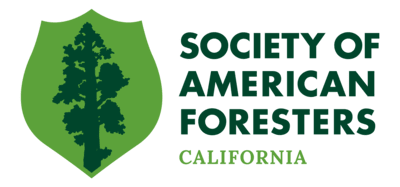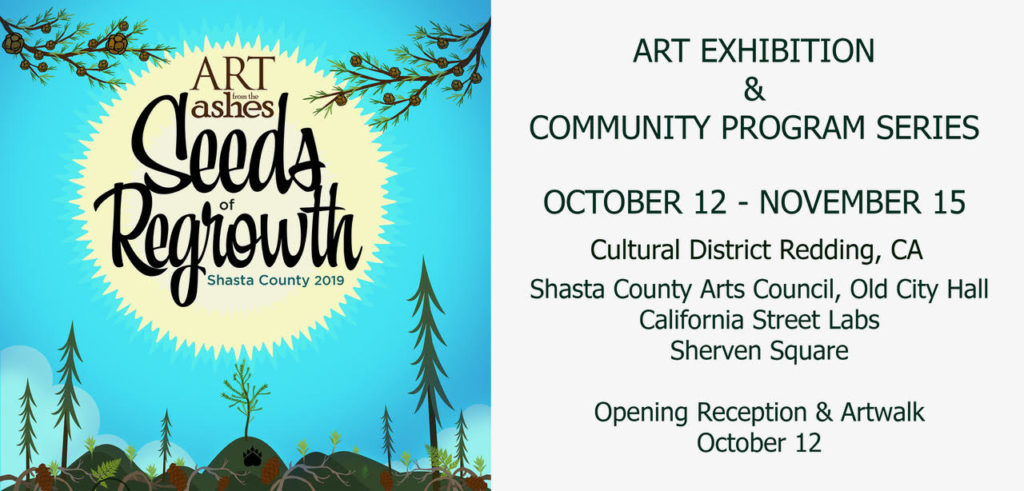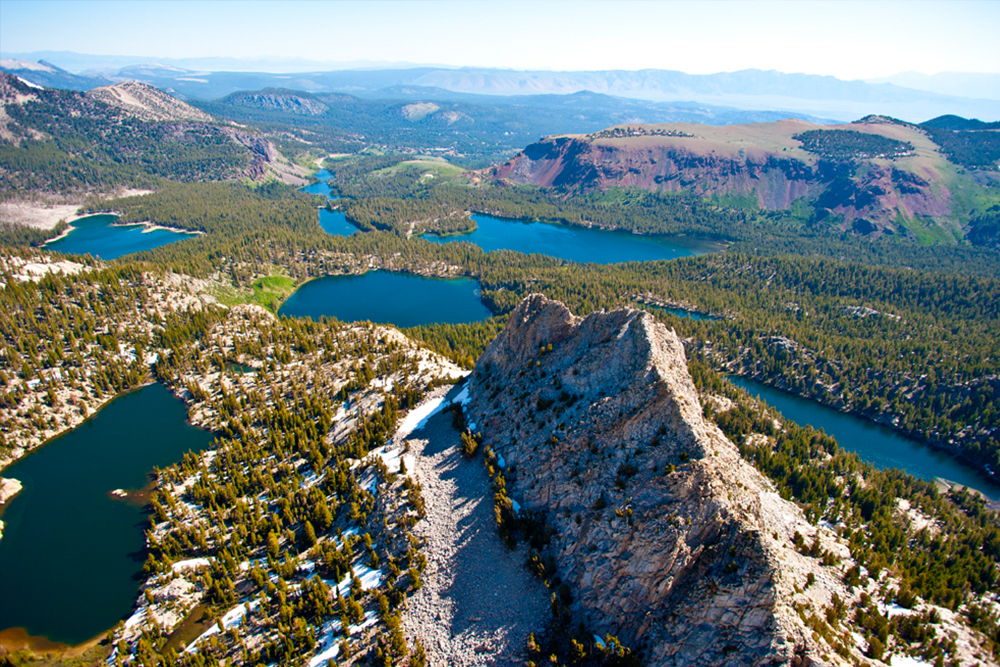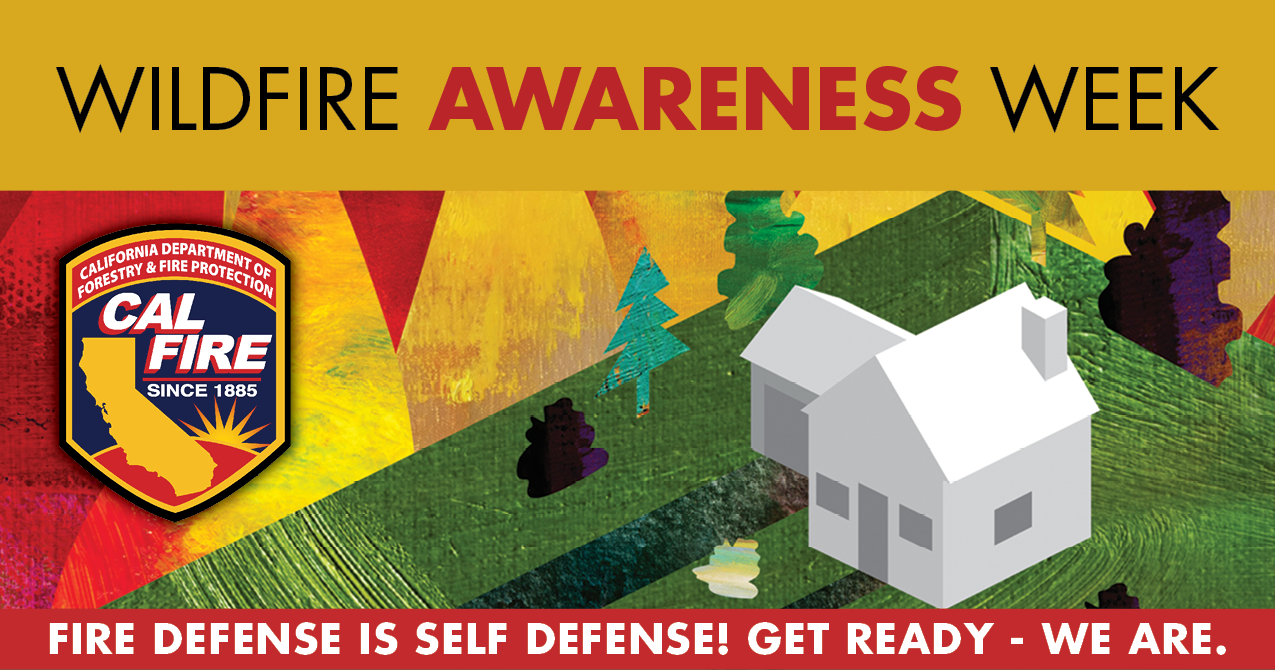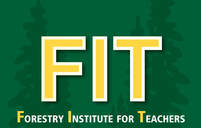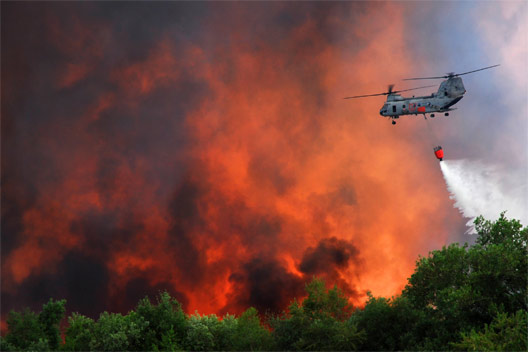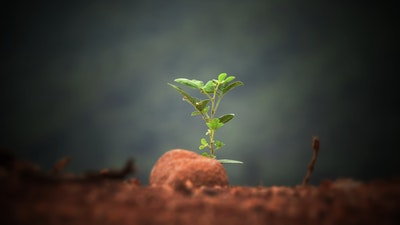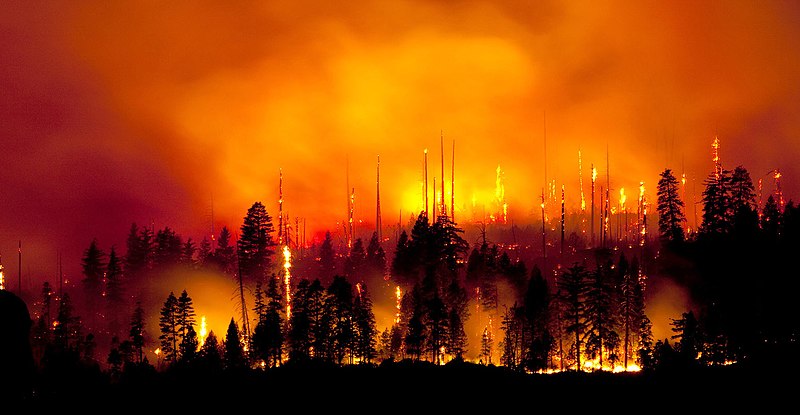This month-long event features work from over sixty California-based artists and includes installations from U-Prep and Enterprise High School students, a fire ecology exhibit, interactive public art, workshops, panel discussions, and live performances: http://norcalsaf.org/events/
Category: Cal SAF News
Prescribed Fire Workshops
Landowners, managers, students and natural resource professionals looking to apply prescribed fire are invited to join these upcoming two-day workshops. For more details, please refer to our events page
CA SAF Summer Meeting
The Summer Meeting Agenda has been posted — please refer to our events page for the itinerary and registration info: https://californiasaf.org/event/california-saf-summer-meeting/
We Need Volunteers!
| Help State Fair goers enjoy the cooler temperatures of the forest and learn about native plants and trees along our nature trail. We will have rescued forest wildlife, kids’ crafts, a portable sawmill demonstration, a chainsaw carver and free tree seedlings for Forest Center visitors. *For more information and to sign up, please visit our Events page: https://californiasaf.org/event/california-state-fair-please-consider-volunteering-at-this-event/ |
Be Prepared for Fire Season
Information on how to prepare for wildfire can be found at www.ReadyForWildfire.org. The site offers tips for residents to make their homes more resistant to wildfires and also details safe and efficient evacuation strategies.
Be Ready for a wildfire by maintaining 100 feet of Defensible Space and hardening your home with fire resistant building materials. Be Set for a wildfire by having a wildfire action plan in place so you know what to take and where to go if you are evacuated. Lastly, Go early when a wildfire approaches or you are asked to evacuate.
Forestry Institute for Teachers
Created in 1993 with a goal of educating educators, this program provides K-12 teachers with the knowledge, tools, and skills to effectively teach their students about forest ecology and forest resource management practices. Four one-week long sessions of this award-winning program are offered, one near Sonora (Tuolumne County) one at Camp McCumber (Shasta County), one in Arcata (Humboldt County) and one near Quincy (Plumas County). Public and private forest resource specialists and other natural resource managers and environmental education specialists serve as the educators and presenters at FIT. FIT participants will develop a curriculum unit, design student projects, and become adequately endowed with the tools necessary to increase student understanding and appreciation of our dynamic forest ecosystems and the complex issues faced by forest managers.
Learn more here.
Wildfire Community Preparedness Day
Encourage local participation and work together to achieve community resilience:
You can help promote wildfire safety by encouraging residents to work together on a project or event. Participation helps create a sense of community, where neighbors begin to look out for each other. Wildfire Community Preparedness Day projects can also help strengthen relationships between residents and the local fire department, land management agencies, community leaders, and elected officials. See a list of possible projects.
Want to get started?
We have the tools to get you and your community off and running with your own project for Wildfire Community Preparedness Day:
- Download our toolkit, which includes checklists, key steps, safety tips, and much more.
- Distribute our fact sheet (PDF) to let people know more about the event.
- Download a save the date flyer. (PDF)
- NEW! Get guidelines for capturing images that tell your story (PDF).
- NEW! Use this news release template (docx) to announce your community’s participation.
- One of the criteria for becoming a Firewise USA® recognized site requires participating in an annual wildfire risk reduction project. Wildfire Community Preparedness Day is a great time to start. Contact your state liaison to begin a community wildfire risk assessment (PDF) to identify and guide your priorities and activities for Prep Day and throughout the year.
A worthwhile effort:
- Toolkit
- Project map Put your Wildfire Community Preparedness Day project on the map.
- Project ideas We’ve developed more than two dozen project ideas for individuals, families and groups.
- 2019 Wildfire Community Preparedness Day project funding award winners
- Success stories Read about some successful projects from Wildfire Community Preparedness Day.
Online Forest Carbon Course Available 4/19 through SAF ForestEd & Michigan State University
Michigan State University (MSU) Forestry and The Society of American Foresters are pleased to announce our upcoming online course – ‘Physical Science of Forests, Climate Regulation, and Carbon Storage.’
Offered through the MSU Forest Carbon and Climate Program (FCCP), the ‘Physical Science of Forests, Climate Regulation, and Carbon Storage’ course will provide foundational and advanced knowledge in the physical science of forest carbon.
The course is organized into five modules, including 1) Carbon Cycle and Storage, 2) Humans, the Global Carbon Cycle, and Terrestrial Sinks, 3) Forest Ecosystems and Carbon Storage, 4) Forest Ecosystem Carbon Pools and Fluxes, and 5) Disturbances and their Carbon Impact. The course will include presentations, quizzes, links to external resources, and suggested further reading.
Course content is designed with natural resource professionals, extension agents, and landowners in mind. However, all interested parties are encouraged to apply – $199 for SAF members and $249 for non-members. Course topics are interdisciplinary, and learning outcomes are intended to be impactful across a variety of fields.
Please refer to www.ForestEd.org for the latest info on this, and other upcoming educational resources.
The State of California is burning; is this our future? Our annual ‘Winter Meeting’ covered this topic in depth.
Presentations covered: CAL FIRE’s Forest Management Task Force, the California Board of Forestry’s Vegetation Management Program, Wildland Urban Interface policy/fire-resistant community planning, fire safe building design, and a case study of the Woolsey Fire.
Please feel free to download slides from the presentations:
A successful finale…6 Final CaSAF Interviews Online
The CaSAF Oral History Project is winding down. With these 6 new interviews, we have 38 videos on-line. This is 26 more interviews than the 12 we originally planned. Thank you to all who have contributed time, funds and expertise.
Allan West – United States Forest Service, retired
00:46: His 1949 immigration from England to Canada and finally, the United States
1:02:09: How the 1987 Yellowstone fires changed the “let burn” policy.
Lennart Lindstrand, Jr. – Consulting Forester
33:27 – His perspective of the California Timber Tax Reform Act of 1976.
35:30 – The value of cooperative research projects.
Stephen Fitch – United States Forest Service, Retired
22:30: Here is the full story of a slurry drop on a chicken ranch!
58:55: Working as Congressional Fellow in Washington, D.C.
Duane Wells – Forester, Chief Appraiser, Mendocino County Assessor
31:17: The role of Mendocino County Assessor Web Brown in the California Timber Yield Tax?
38:20: Memories of flying for the Cooperative Fire Patrol.
Richard (Dick) Lund – United States Forest Service, Retired
16:02 – 1960’s fire salvage sales and using a “mortality standard” for marking timber.
1:06:53 – Post-fire activities on the Scarface fire, Modoc NF (1977)
Edward Tunheim – Consulting Forester
20:48 – Timberland to vineyard conversions on redwood timberlands
1:04:54 – His mentor, Jim Greig, introduced him to the philosophy of diplomacy.
A viewing tip… our brains “listen” much faster than we speak. Therefore, if you would like to increase the viewing speed, use the “gear” symbol on the YouTube window to adjust the speed.
And remember, you can easily access and click each individual interview question in YouTube mode. After you start the video, just click the words “YouTube” in the lower right corner of the interview window. The “clickable” questions are in the “description” box.
